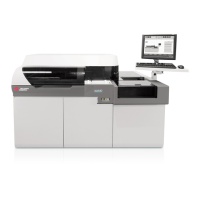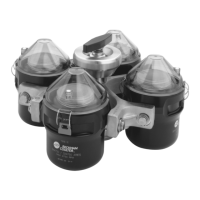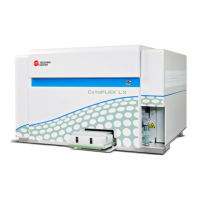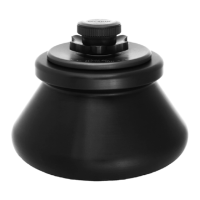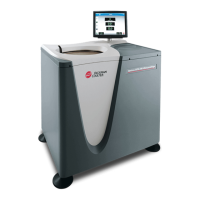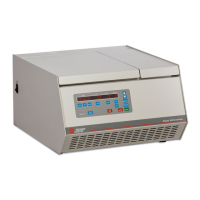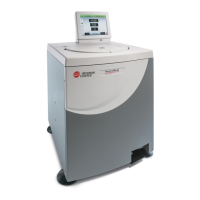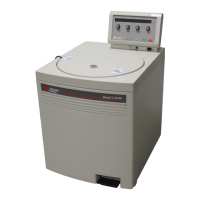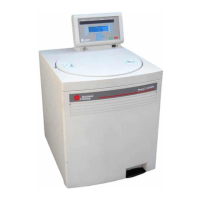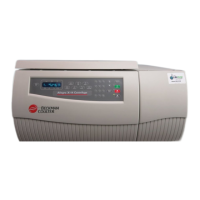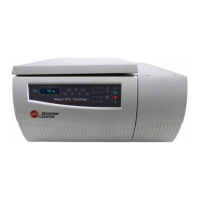Modular Chemistry: Calibration Theory
Calibration Theory
UniCel DxC Systems Instructions For Use A13914 System Description
October 2005 Page 2-49
2
Modular Chemistry: Calibration Theory
Calibration Theory
Modular chemistries are calibrated using two to three levels of calibrator (chemistry
dependent). Four replicates per level are assayed. Data from two middle replicates of
each level is used to set the system response. The highest and lowest replicates are
discarded. Error checks are performed on the two middle replicates to verify
successful calibration.
Calibration Error Detection
The analog signals generated by the calibrator measurements are converted to digital
form. The resulting ADC values are compared to pre-programmed back-to-back, span
and range limits to determine the calibration acceptability.
Modular Chemistries (MC)
The UniCel DxC contains seven chemistry modules (see chart below), each of which
is used in the determination of eleven modular chemistries (MC), as follows.
Table 2.14 Methodology and Modules Used with Modular Chemistries
Chemistry Methodology Module
Sodium Ion selective electrode (ISE) ISE Flow cell
Potassium Ion selective electrode ISE Flow cell
Chloride Ion selective electrode ISE Flow cell
Carbon Dioxide pH electrode ISE Flow cell
Calcium Ion selective electrode ISE Flow cell
Urea Nitrogen
a
a
DxC 800 only.
Conductivity electrode Urea Nitrogen
Phosphorus
a
Colorimetric Phosphorus
Creatinine
a
Colorimetric Creatinine
Glucose Oxygen sensor Glucose
Total Protein
a
Colorimetric Total Protein
Albumin
a
Colorimetric Albumin
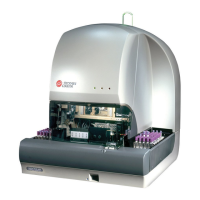
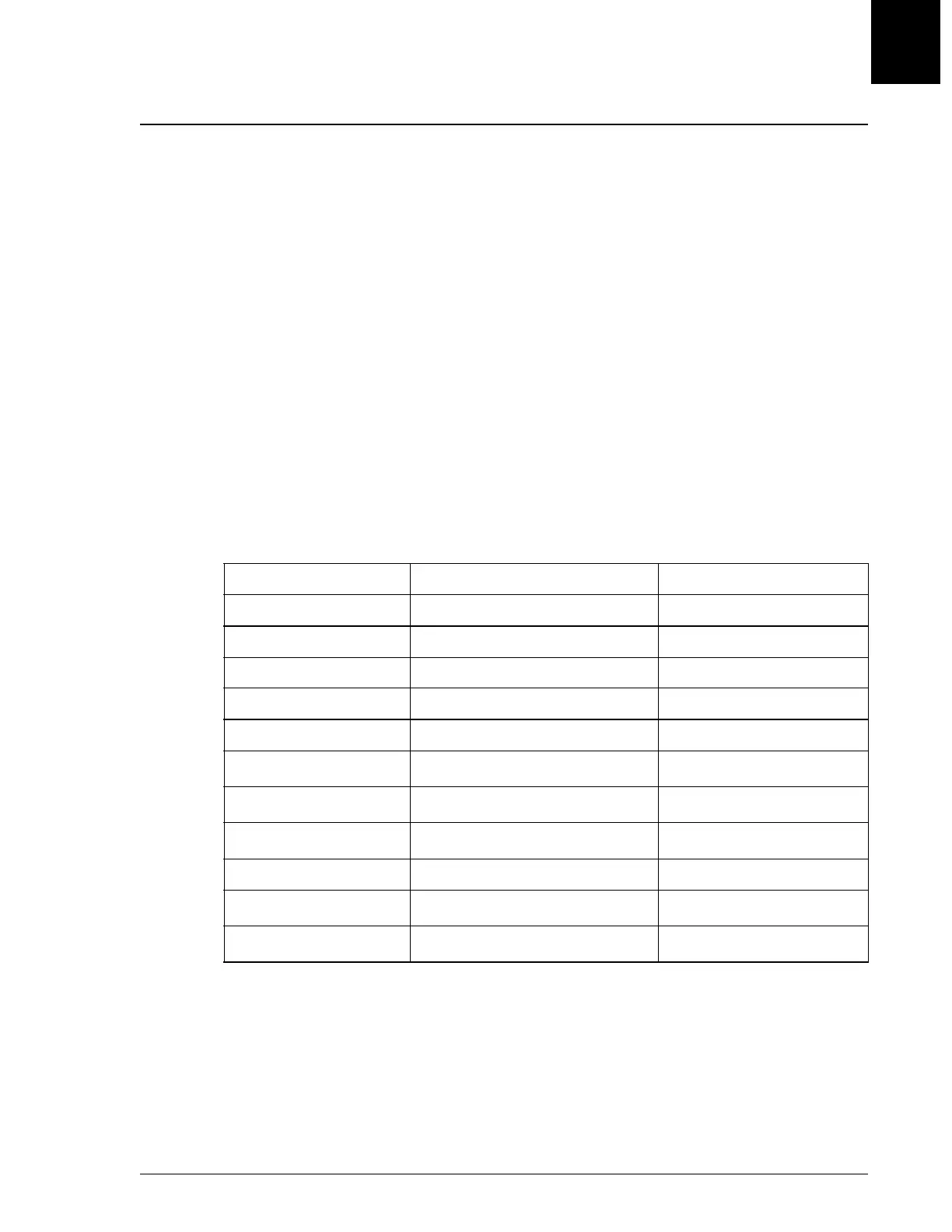